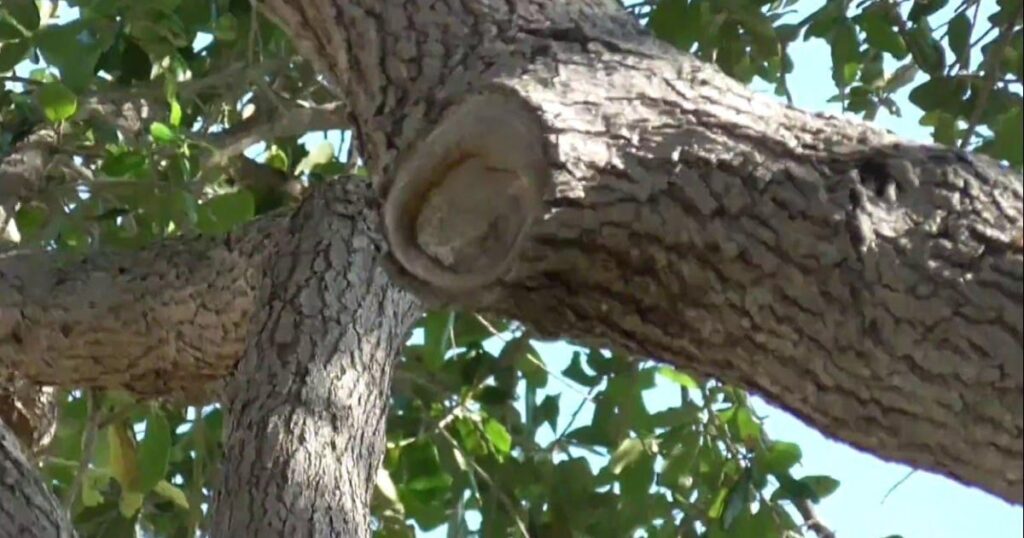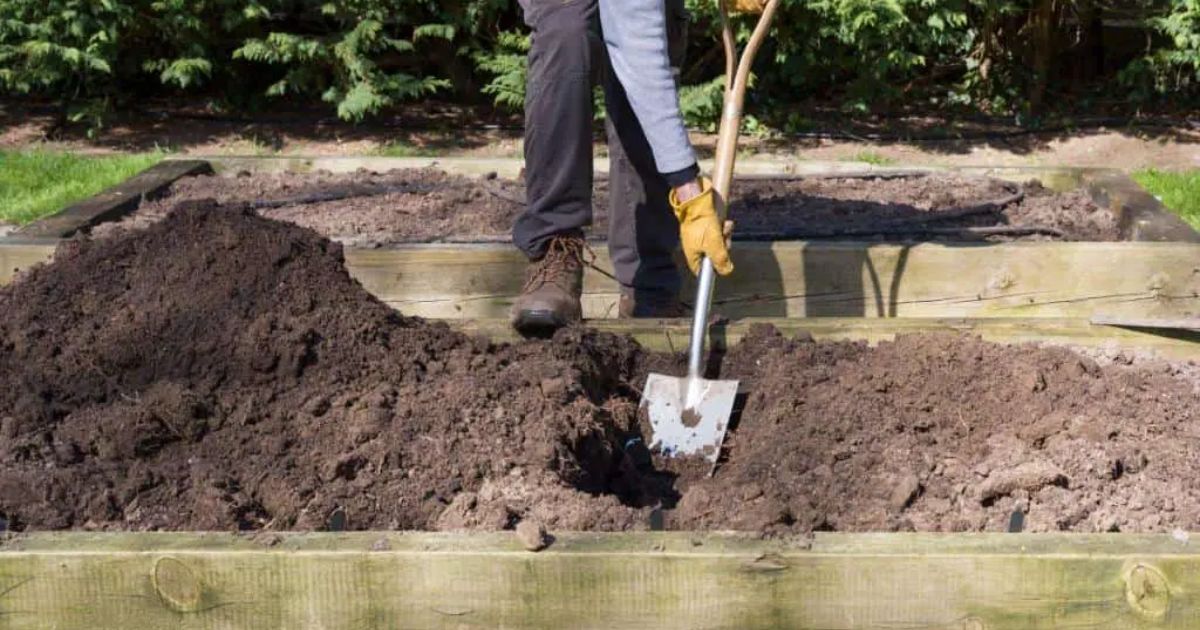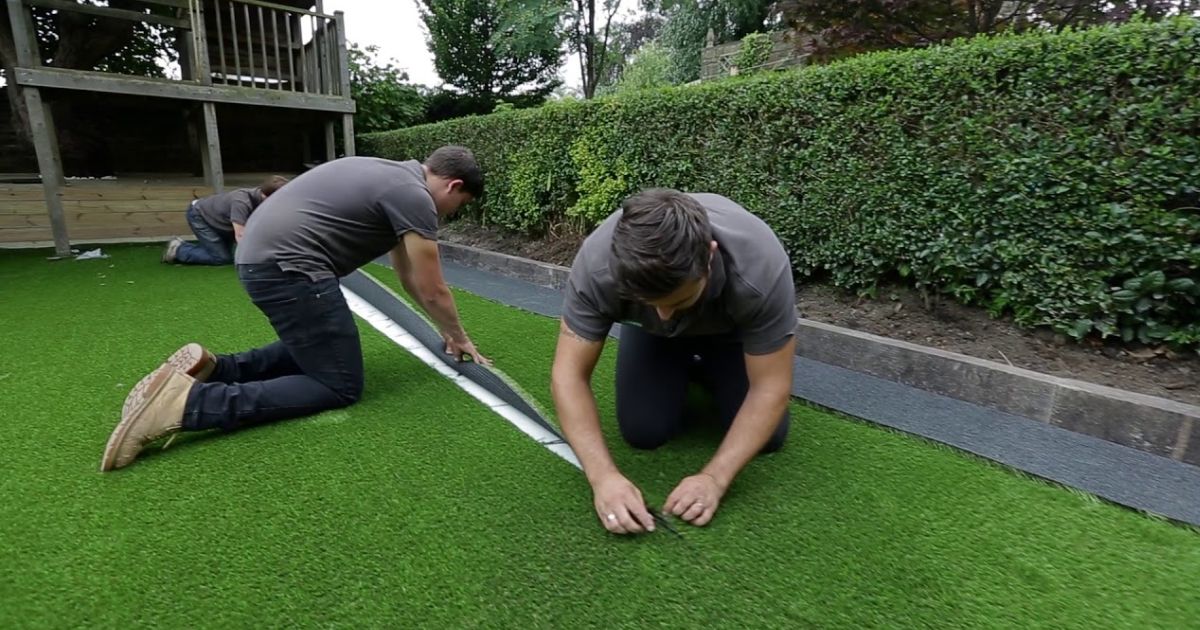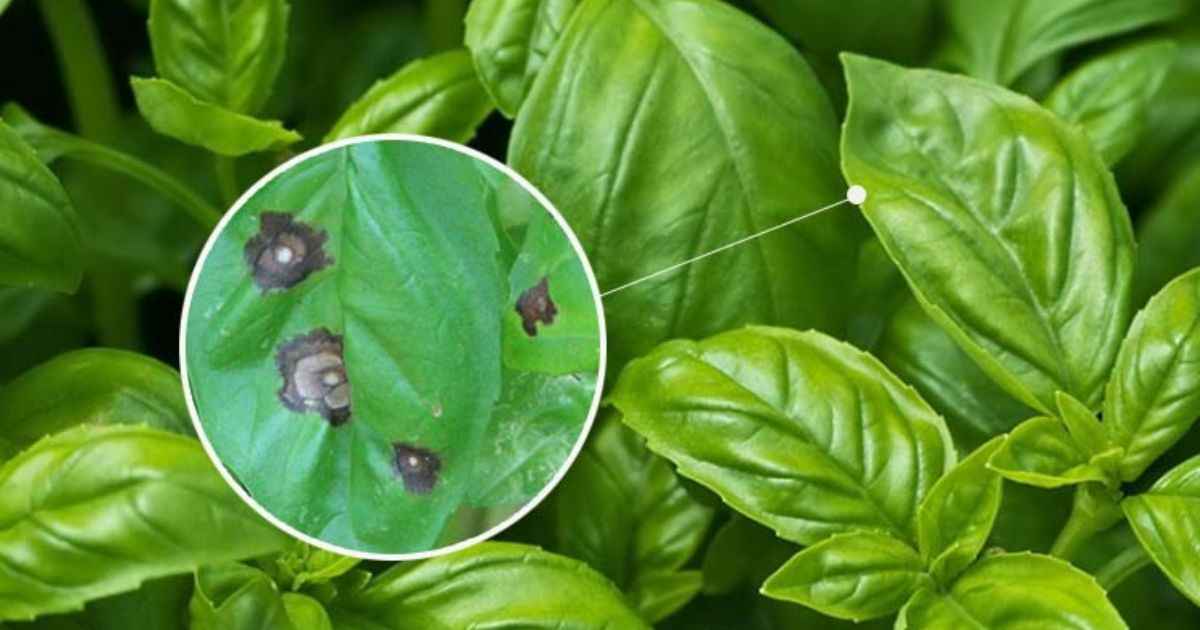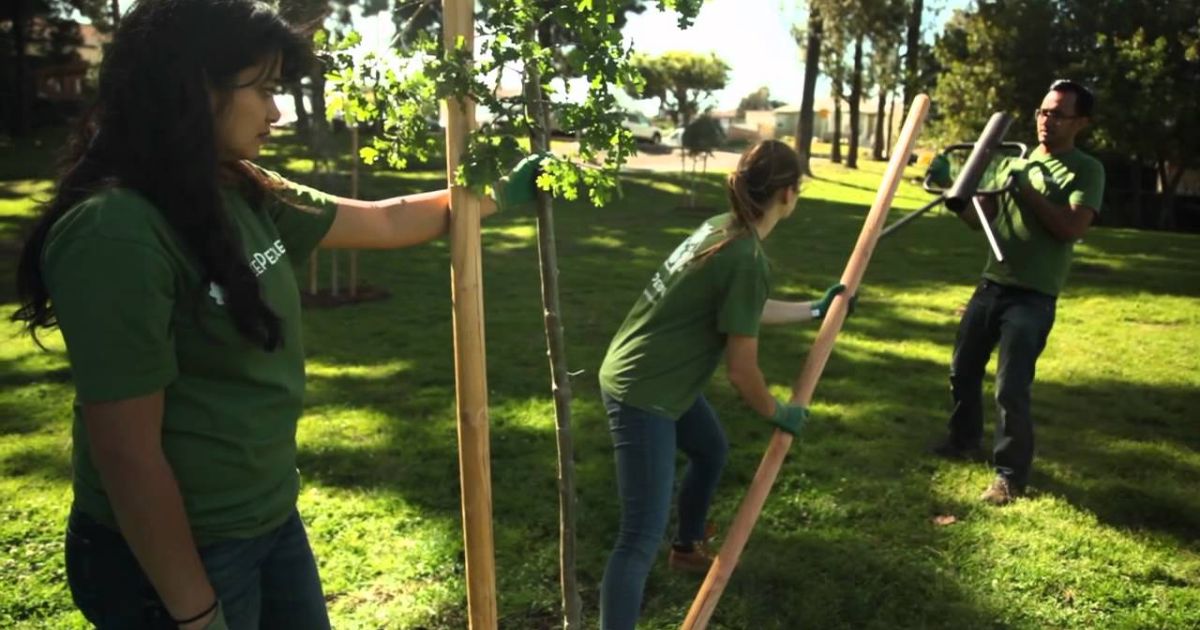Pruning an oak tree isn’t just about keeping it looking neat; it’s a vital part of maintaining its long-term health and strength. When done correctly, pruning encourages strong branch structure, increases the amount of sunlight reaching the inner canopy, and improves air circulation. Additionally, it keeps pests and illnesses at bay. Ensuring your oak grows beautifully for decades to come.
Improper pruning, however, may have the opposite effect. Causing stress, decay, or even inviting deadly infections, such as oak wilt. That’s why understanding the proper techniques and timing is essential before you make the first cut.In this guide, we’ll walk you through expert tips on how to prune an oak tree the right way, covering when to prune, what tools to use, and the step-by-step process to keep your oak healthy, strong, and thriving year after year.
Why Oak Tree Pruning Is Important
Pruning plays a vital role in keeping oak trees healthy, strong, and visually appealing. Oaks are known for their impressive size and longevity, but without proper care, they can develop structural weaknesses, diseases, or pest problems that shorten their lifespan. Regular pruning helps prevent these issues and ensures balanced, healthy growth for years to come.
Enhanced air circulation is one ofWinter oak pruning primary advantages. Sunlight penetration. When branches become overcrowded, inner leaves and smaller limbs receive less light and airflow, creating a damp environment that attracts fungal infections and harmful insects. By removing selected branches, you help the tree “breathe,” How to Prune Roses for Healthy Growth and Beautiful Blooms reducing the risk of disease and promoting even growth throughout the canopy.

Dormant pruning also enhances safety and appearance. Weak, dead, or overextended branches can break during storms, posing a threat to people, property, and the tree itself. Removing these hazards not only keeps your surroundings safe but also shapes the tree’s structure, improving balance and aesthetics.Finally, regular pruning encourages vigorous new growth and directs the tree’s energy toward healthy branches. This makes the oak more resilient against environmental stress, ensuring it remains a majestic, thriving centrepiece in your landscape for generations.
Best Time to Prune an Oak Tree
Timing is everything when it comes to pruning an oak tree. Choosing the right season helps the tree heal faster, minimises stress, and most importantly, prevents deadly diseases like oak wilt. Pruning at the wrong time, on the other hand, can expose your tree to harmful pathogens and pests that take advantage of fresh wounds.The best time to prune an oak tree is usually in late winter or early spring. The tree is dormant in November and March. During this period, sap flow is minimal and insect activity is low, significantly reducing the risk of oak wilt and other infections. The tree is also leafless, making its structure easier to see and identifying which branches need to be removed.
It’s important to avoid pruning during the growing season, especially from April through July. This is when oak wilt-carrying beetles are most active and attracted to fresh pruning cuts. Pruning during these months can easily spread the disease, leading to irreversible damage or even the tree’s death.However, if there’s an emergency, such as a broken or hazardous branch, pruning can be done at any time of year. In such cases, immediately apply a tree wound dressing or pruning paint to seal the cut and protect against insect transmission.By timing your pruning carefully, you’ll help your oak tree recover quickly, grow stronger, and stay protected from seasonal threats.
Tools You’ll Need for Pruning
Before you start pruning your oak tree, gather the right tools. Using the proper equipment not only makes your work easier but also ensures clean, precise incisions that reduce the risk of infection and promote rapid healing. Dull or inappropriate tools can tear the bark, leaving jagged wounds that make your tree more vulnerable to disease.
Here are the key tools you’ll need for safe and effective oak tree pruning:
Hand Pruning Shears:
Ideal for cutting small branches up to ¾ inch thick. How to Identify Fungi That Grows on Trees Choose bypass shears for clean, smooth cuts that won’t crush the wood.
Loppers:
Useful for medium-sized branches with diameters of 1 to 2 inches. Branch collar cut Their long handles give you extra leverage and reach, making it easier to Pruning oak branches higher or thicker limbs.
Pruning Saw:
A must-have for larger branches over 2 inches thick. Opt for a curved or straight pruning saw depending on the branch size and cutting angle.
Pole Pruner:
Helps you reach higher branches without needing a ladder. Many pole pruners come with both a saw blade and a bypass pruner for versatility.
Safety Gear:
Always wear heavy-duty gloves, safety goggles, and a helmet to shield yourself from flying debris and falling trees. Non-slip boots are also recommended for stable footing.
Sanitising Solution:
Clean your pruning tools before and after use, either with rubbing alcohol or a bleach solution (one part bleach to nine parts water). This prevents the spread of fungal spores and bacterial infections, such as oak wilt.
Having the right tools and keeping them sharp and clean ensures your pruning job is efficient, precise, and safe for both you and your oak tree.
Step-by-Step Guide: How to Prune an Oak Tree
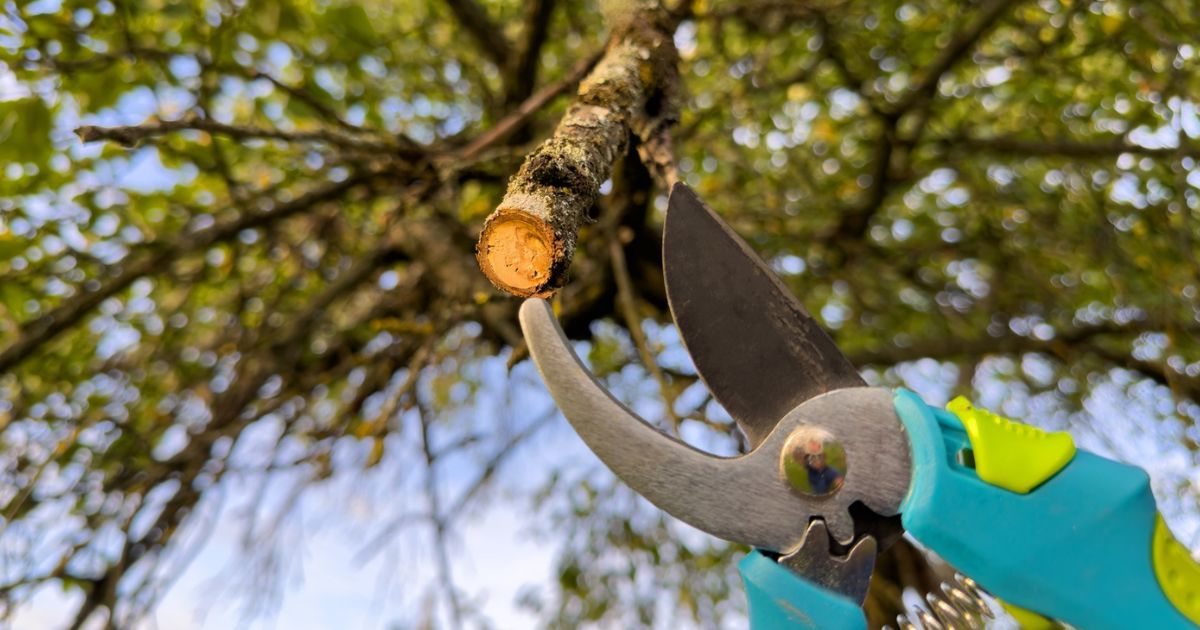
Pruning an oak tree requires patience, planning, and precision. Each cut should have a purpose, whether it’s to remove dead wood, shape the canopy, or improve overall health. Avoid oak wilt Follow this expert step-by-step guide to prune your oak tree safely and effectively.
Inspect the Tree Thoroughly
Start by walking around the tree and examining it from all angles. Identify dead, diseased, damaged, or crossing branches. Look for limbs that grow inward or rub against others, How to Trim an Overgrown Magnolia Tree as they can cause wounds and invite decay. Make mental notes or mark branches that need to be removed.
Plan Before You Cut
Never start cutting randomly. Plan your Clean pruning tools carefully to preserve the tree’s natural shape. In a single session, try to remove no more than 25% of the canopy. Over-pruning can shock the tree, reduce its energy reserves, and slow recovery.
Start with Dead or Diseased Branches
Remove any clearly dead or infected limbs first. These branches often look brittle, leafless, or discoloured. Cutting them early improves airflow and helps you see the tree’s structure more clearly for the rest of your work.
Remove Crossing or Weak Branches
Next, focus on branches that cross or rub against each other. Choose the stronger or better-positioned branch and remove the weaker one. This prevents wounds, improves airflow, and gives the canopy a more balanced look.
Use the Three-Cut Method for Large Limbs
For larger branches, always use the three-cut method to prevent bark tearing:
- First Cut: Make a small notch 6 to 12 inches from the trunk, on the underside of the branch.
- Second Cut: Move a few inches beyond the first cut and saw from the top until the branch falls off.
- Third Cut: Just outside the branch collar, make the final cut (at the slightly swollen area where the branch meets the trunk). This allows proper healing.
Never cut flush against the trunk or leave long stubs; both can lead to decay.
Thin Out the Canopy (If Needed)
If the Pruning dead branches is dense, selectively remove some inner branches to increase air and light penetration. How to Prune a Hydrangea in Spring for Healthy Growth This helps prevent fungal growth and encourages healthy leaf development throughout the tree.
Avoid Topping or Over-Cutting
Never “top” an oak tree by cutting off the top portion or removing large sections of the canopy. Topping stresses the tree, encourages the growth of weak new shoots, and makes it more prone to disease and structural failure.
Clean and Disinfect Tools Between Cuts
After pruning diseased or dead branches, disinfect your tools using alcohol or a bleach solution before moving on to healthy branches. This prevents the spread of any pathogens.
Dispose of Branches Properly
Collect all pruned materials and dispose of them away from other trees. Do not leave diseased wood lying around, as it can harbour pests or fungi that spread to nearby oaks.
By following these steps carefully, you’ll maintain your oak tree’s health, shape, and strength while minimising the risk of disease or stress. Proper pruning sets the foundation for years of healthy, balanced growth.
Common Mistakes to Avoid
Even with the best intentions, many people make pruning mistakes that can harm their oak trees rather than help them. Understanding these common errors can save your tree from unnecessary stress, Scaffold branches disease, or long-term damage. Here are the top pruning mistakes to avoid:
Pruning During the Wrong Season
The biggest mistake is pruning oaks during spring and summer (April to July) when oak wilt-carrying beetles are most active. Fresh cuts attract these insects, which can infect your tree and cause fatal disease. Always prune during late winter to early spring when the tree is dormant and pests are inactive.
Over-Pruning the Canopy
When too many branches are cut off at once, the tree becomes weaker and its ability to photosynthesise is affected. Never remove more than 20–25% of the canopy in a single session. Step-by-Step Guide to Cutting Back a Cherry Tree Over-pruning can cause sunscald, stress, and poor regrowth.
Leaving Stubs or Cutting Too Close
When cutting branches, make your cuts just outside the branch collar, the slightly swollen area where the branch meets the trunk.
- Cutting too close damages the collar, slowing healing and inviting decay.
- Leaving long stubs prevents proper sealing and can harbour insects and fungi.
Using Dull or Dirty Tools
Blunt blades crush the bark instead of making clean cuts, increasing the risk of infection. Dirty tools can spread diseases from one branch or even one tree to another. Always sharpen and disinfect tools before and after use.
Ignoring Tree Structure
Some homeowners prune without considering how the tree will look or grow afterwards. Randomly removing branches can lead to uneven weight distribution and weak structure. Always maintain a natural, balanced shape and keep a strong central leader (main trunk).
Topping the Tree
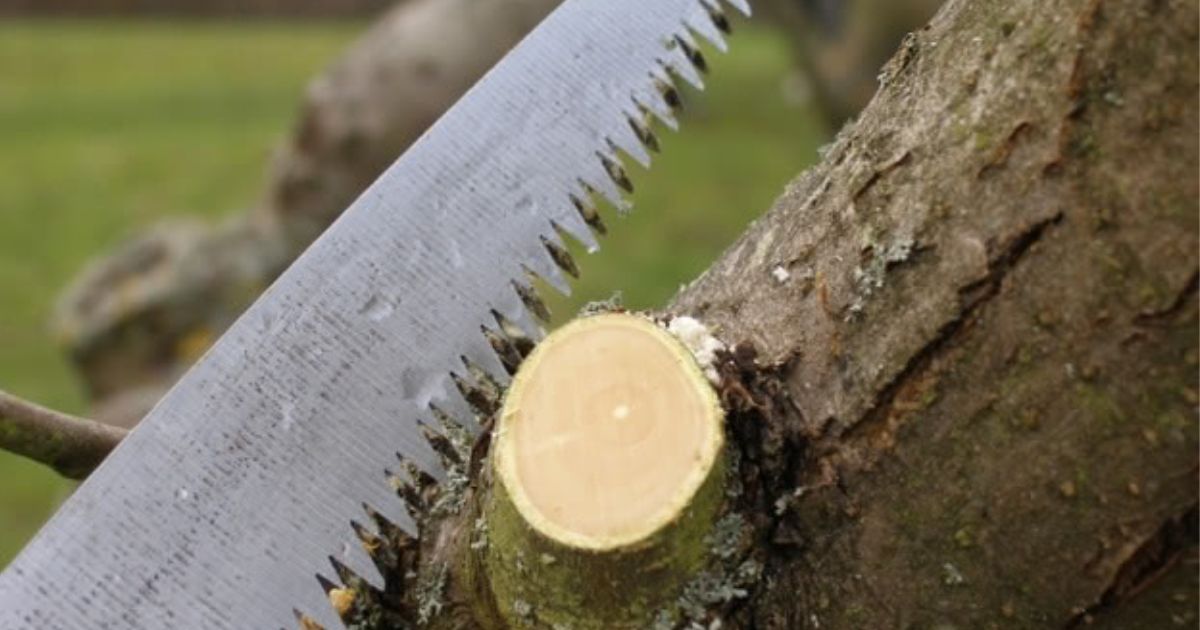
“Topping” means cutting off the upper section of the tree to reduce height. This severely damages oaks, leading to weak new shoots, increased disease vulnerability, and a distorted shape. Instead, selectively trim branches to safely control size.
By avoiding these mistakes, you’ll help your oak tree stay healthy, resilient, and beautiful for decades. Smart pruning isn’t about cutting more; it’s about cutting wisely and with purpose.
Conclusion
Pruning an oak tree is both an art and a science. When done correctly, it promotes strong growth, prevents disease, and maintains the tree’s natural beauty for generations to come. Each cut you make shapes not only the tree’s appearance but also its long-term health and stability.By pruning during the right season, using clean, sharp tools, and following expert techniques such as the three-cut method, you ensure your oak tree heals quickly and continues to thrive. Remember, less is often more when it comes to pruning. It’s better to make a few thoughtful cuts than to remove too much at once, which can stress the tree.
If you ever feel uncertain or are dealing with a large, mature oak, don’t hesitate to call a certified arborist. Expert assistance can be quite beneficial, particularly when safety is concerned. With patience, care, and the right approach, your oak tree will reward you with strength, shade, and beauty for decades, standing tall as a symbol of endurance and natural grace.
FAQ
What is the best month to prune oak trees?
The best time to prune oak trees is during late winter to early spring, typically between November and March. During this dormant period, the tree is less vulnerable to disease, and insect activity is minimal, reducing the risk of oak wilt infection.
Can I prune an oak tree in summer?
It’s best to avoid pruning oaks in summer (especially from April through July) because oak wilt-carrying beetles are active then. Fresh cuts during this time attract these insects, increasing the chance of infection. Only prune in summer if there’s an emergency, such as a broken branch and seal the wound immediately with pruning paint.
What is oak wilt, and how does pruning cause it?
Oak wilt is a deadly fungal disease spread by beetles attracted to fresh pruning cuts. When these beetles land on open wounds, they transmit the fungus into the tree’s vascular system, blocking water flow and eventually killing the tree. Pruning during dormant months helps prevent this problem.
Should I seal the cuts after pruning an oak tree?
Usually, sealing cuts isn’t necessary for most trees, but for oaks, it’s recommended, especially if you prune outside the dormant season. Use a latex-based pruning sealant or wound paint immediately after cutting to protect against beetles and oak wilt infection.
How often should I prune my oak tree?
Young oak trees can be pruned every 2–3 years to shape their structure, while mature oaks typically need pruning every 5–7 years. Regular inspections help determine when maintenance is required due to growth, deadwood, or structural concerns.

